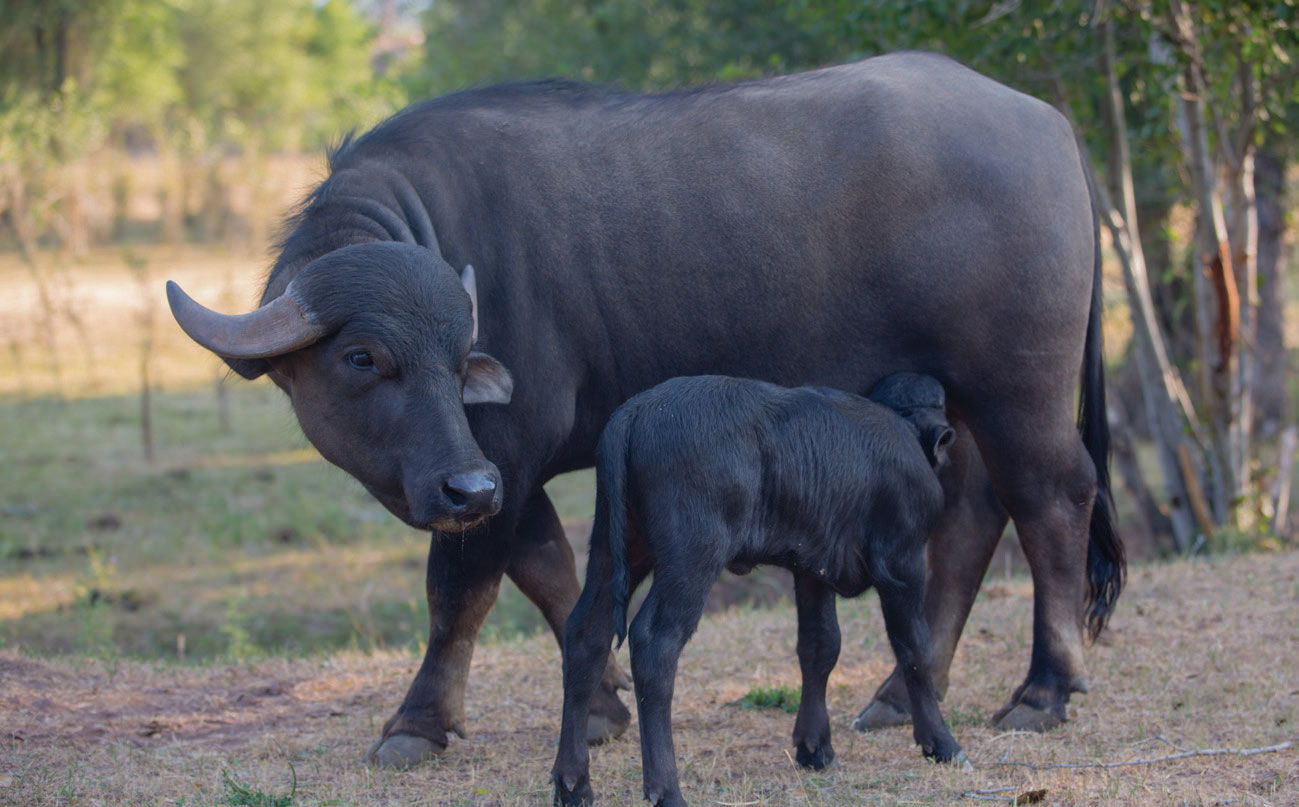A Brief History of The Water Buffalo
Water buffalo are native to South and Southeast Asia and China and considered the world’s most widely used draft animal. While wild numbers are dwindling, there are two domestic subspecies— river and swamp water buffaloes—that are also used for meat, milk and hide; feral populations also exist throughout the Americas, Asia, Australia, Europe and parts of Africa (they’re a separate species from the volatile African Cape Buffalo). The more common river buffalo has long been revered for the quality and quantity of its milk. Water buffalo were first introduced to southern Italy in the 2nd century AD for use in rice cultivation, because their broad hooves prevented them from sinking into marshy soil. Today, the mozzarella di bufala of Campania is famed worldwide, but the lean, mild meat, which is similar to beef but lower in cholesterol and higher in protein, is also consumed in countries like Nepal, Bulgaria and Italy. Water buffalo milk is high in butterfat (7 to 9 percent, compared to cow’s milk, which averages 3.7 percent). It’s also high in protein, calcium and other minerals and heart-healthy conjugated linoleic acid. Its richness also makes it more efficient for cheesemaking, as it requires less milk per pound of cheese.





